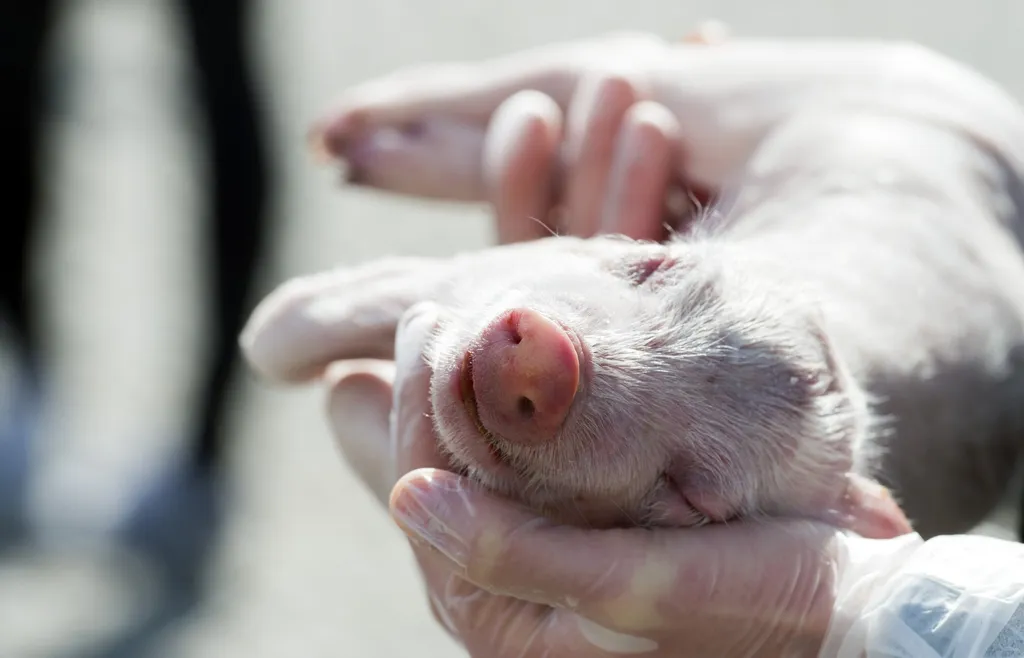In the relentless pursuit of understanding and combating porcine epidemic diarrhea virus (PEDV), a recent study published in *Veterinary Quarterly* (translated from Dutch as *Veterinary Quarterly*) has shed new light on the intricate dance between host and pathogen. Led by Huihui Li from the State Key Laboratory of Animal Biotech Breeding at the Chinese Academy of Agricultural Sciences, the research delves into the breed-specific resistance mechanisms of Chinese Min and Yorkshire piglets, offering promising insights for the agricultural and energy sectors.
PEDV, a highly contagious virus, has long plagued the swine industry, causing significant economic losses. The study compared the immune responses of Chinese Min piglets, known for their robust resistance to stress and disease, with those of Yorkshire piglets. By establishing PEDV infection models in both breeds, the researchers analyzed cytokine levels, viral loads, and histological changes in jejunal tissues. The results were striking.
“Chinese Min piglets displayed a strong inflammatory response and enhanced mucosal immunity, which was not as pronounced in Yorkshire piglets,” Li explained. This breed-specific difference was further illuminated through transcriptomic analysis, which identified 5422 differentially expressed protein-coding genes (PCGs) and 1999 differentially expressed long non-coding RNAs (lncRNAs) between the two breeds.
One gene, in particular, stood out: glucose-6-phosphatase catalytic subunit 3 (G6PC3). “G6PC3 expression was significantly higher in Chinese Min piglets, suggesting a potential role in their superior resistance to PEDV,” Li noted. To test this hypothesis, the researchers knocked down G6PC3 in the intestinal porcine epithelial cell line J2 (IPEC-J2). The results were telling: increased PEDV replication and decreased expression of immune-related genes involved in the glycolysis/gluconeogenesis metabolism pathway.
The implications of this research are far-reaching. Understanding the genetic basis of breed-specific resistance to PEDV could revolutionize swine breeding programs, leading to the development of more resilient pig populations. This, in turn, could mitigate the economic impact of PEDV on the agricultural sector, which has ripple effects on the broader economy, including the energy sector.
Moreover, the identification of key PCGs and lncRNAs associated with PEDV immunity opens new avenues for targeted therapies and vaccines. As Li put it, “Our findings provide a foundation for future research aimed at enhancing host resistance to PEDV and other infectious diseases.”
In the ever-evolving landscape of agricultural technology, this study serves as a testament to the power of genetic research in shaping the future of livestock farming. By unraveling the complexities of host-pathogen interactions, we inch closer to a world where disease outbreaks are not just managed but prevented. And in this world, the agricultural and energy sectors stand to gain immensely.

